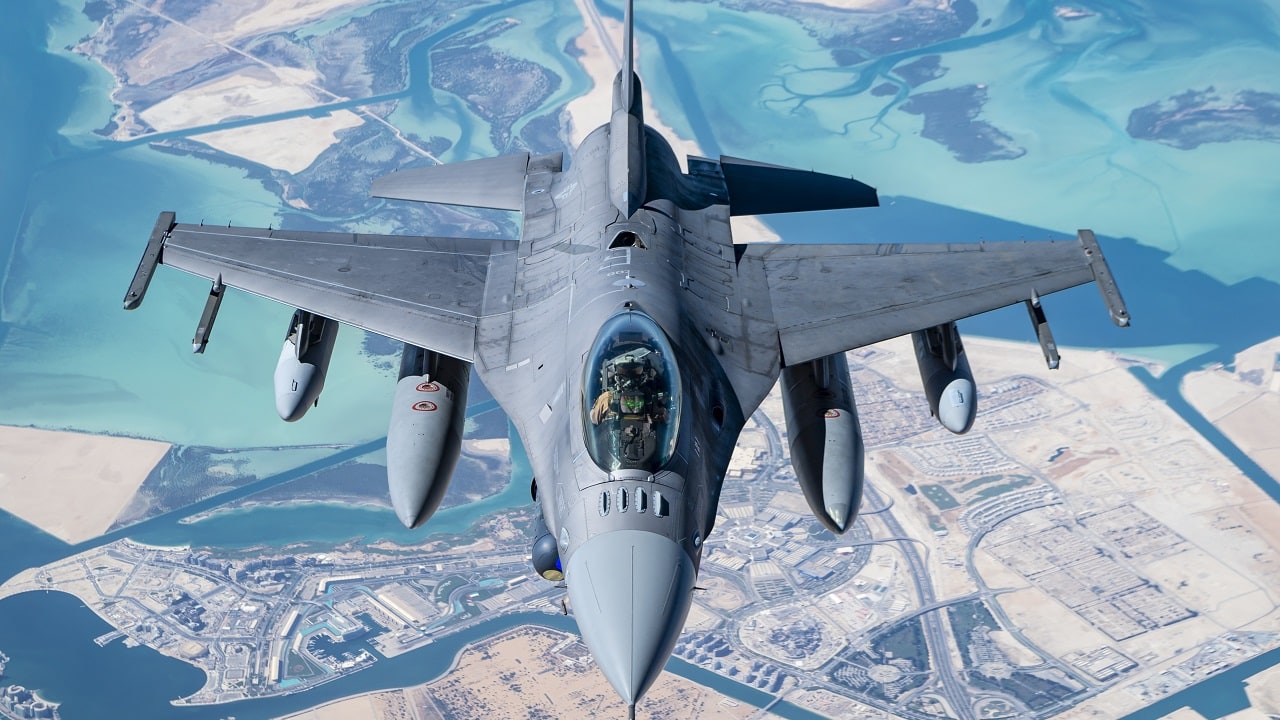Right next door to Ukraine, NATO is holding up a major air defense exercise, highlighting the importance of anti-aircraft weapons on the modern battlefield.
Ramstein Legacy
Taking place in Poland and Baltic States, Ramstein Legacy involves 17 NATO member states and a mixture of fighter jets, support aircraft, and anti-aircraft units.
“So our defence is very short. It’s short range air defence. What we achieve is targeting the lower parts of flight levels etc. We are using wing rotary and wing aircrafts as well,” a British soldier with the 12 Royal Artillery Regiment said in a press release.
Even before the Russian invasion of Ukraine, NATO was working to integrate units from across the transatlantic alliance and instill the same doctrine in order to create a truly interoperable force that could operate seamlessly against a common adversary.
“So we’re working with nations along the line. We’ve got Turkey here working alongside us as well as Polish, Italian and French forces, all working together to be able to integrate and build up that laid out offence that we need to achieve, for our mission,” the British troop added.
Ramstein Legacy is being supported by fighter jets and support aircraft that are flying from bases across Europe. In addition to the NATO members taking part in the exercise, Sweden and Finland both have sent troops and are working shoulder to shoulder with the alliance that they have applied to join.
Air Defenses in Action
The ongoing war in Ukraine has shown the importance of anti-aircraft weapon systems. Despite an overwhelming numerical and technological superiority before the start of the war, the Russian Aerospace Forces have failed miserably in their attempt to gain air superiority over Ukraine. In over four months of war, Russian aircraft are still worried about Ukrainian air defenses.
Three reasons might explain why this has happened.
First, timely and accurate Western intelligence sharing with Ukraine allowed Kyiv to reposition its anti-aircraft defenses in a way that most of them survived the crucial initial hours and days of the war. As the party that got the first strike, Moscow had an advantage. But Western intelligence negated that lead to a large extent.
Second, the West has provided Ukraine with potent short-, medium-, and long-range anti-aircraft capabilities. Weapon systems such as the FIM-92 Stinger anti-aircraft missile have made flying below 10,000 feet a mortally dangerous for Russian pilots. Similarly, the S-200 and S-300 long-range anti-aircraft weapon systems are making operations and medium and high altitudes equally dangerous.
Third, the Russian Aerospace Forces has simply not performed as expected. There are many reasons to explain that poor performance, but the main one seems to be a lack of realistic training before the war. The Russian aircraft couldn’t operate in numbers against a varied set of targets all at the same time. Training exercises such as Ramstein Legacy might sound boring to an outsider, but they really do make a difference for the participants. And the Russian military is known for its staged unrealistic exercises.
1945’s New Defense and National Security Columnist, Stavros Atlamazoglou is a seasoned defense journalist specializing in special operations, a Hellenic Army veteran (national service with the 575th Marine Battalion and Army HQ), and a Johns Hopkins University graduate. His work has been featured in Business Insider, Sandboxx, and SOFREP.

